What is Dysgraphia?
- Dyanna Villesca
- Sep 5, 2019
- 1 min read
Dysgraphia is a disorder of written expression. Many times (but not always) a child with dysgraphia has comorbid conditions such as dyslexia and/or AD/HD. Dysgraphia is not yet identified well in the public school system and tailored interventions are not common to adequately address it. Please see some of the common core characteristics below:
Letter reversals that do not improve by the end of second grade
Writing too light or too heavy
Frequently crossing out or erasing words on a page
Spelling words three different ways within the same paragraph
An immature pencil or awkward pencil grip
Mixes up lower case and capital letters (that should not be capitalized)
Letters are poorly formed or do not fit on the line
The child can (sometimes) express him/herself well orally, but struggles with writing them down on paper
Uses overly simple words in written expression to avoid having to spell more complex words
Has trouble with orthographic processing (spells out words phonetically).
A family history or reading or writing problems.
If your child has some or many of these characteristics, it is suggested that you seek a formal evaluation to determine if your child has dysgraphia, and most importantly, what interventions we can suggest to help him/her through school.



Comments